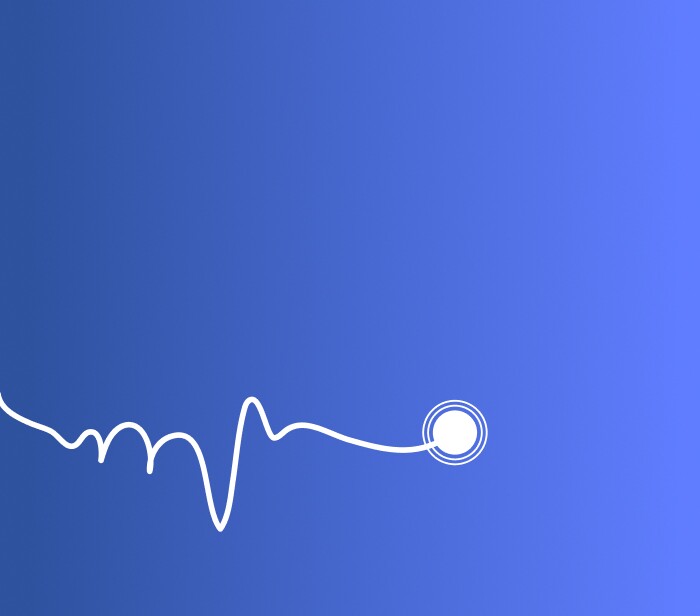Diverticulitis Treatment at Herzliya Medical Center in Israel involves conservative, as well as modern surgical techniques by leading gastroenterologists and gastrointestinal surgeons in Israel. Early diagnosis and treatment vastly improve the health of patients by preventing any observed changes, inflammation, or diseases of the gastrointestinal tract.
Diverticulosis and Diverticulitis
The intestines comprise smooth muscles that facilitate digestion through peristalsis (wavelike contractions that contribute to the elimination of intestinal contents). The diverticular disease involves the colon and can be either diverticulosis or diverticulitis. Diverticula are small pouches that bulge outwards from the colon, called diverticulosis. When these pouches become inflamed, it leads to a condition called diverticulitis. Most patients with diverticula often experience stagnation of intestinal contents rich in nutrients and natural flora.
Healthy digestive processes involve bacteria and nutrients that pass through the intestines, which are opportunistic, meaning they do not cause any pathological or inflammatory changes when present in moderate quantities and during normal function of the body’s immune system. However, when these elements in the diverticulum [pouch – singular] are stagnated, ideal conditions for the breeding of microorganisms result in harm, increasing the patient’s risk for developing infection or inflammation, known to be the main cause for the development of diverticulitis.
Diverticulosis Causes
Scientists continue to investigate the causes of diverticulosis. Today we are aware that the risk of developing the disease occurs when there is an inherent weakness of the muscular walls of the intestines, as well as weakness or damage incurred from systemic diseases of connective tissue affecting the large intestine. Protrusions that form on the intestinal wall cause an increase in pressure and damage to intestinal permeability, tone, and texture of the smooth muscles. Often, patients who develop diverticulosis have either a genetic predisposition or low fiber diet. A diet low in fiber results in constipation, this muscle strain can cause diverticula and can result in diverticulitis if stool or bacteria are caught within these pouches.
Diverticular Disease Symptoms
Symptoms of diverticulosis and diverticulitis may be present for a long period without the patient experiencing complications or noticeable symptoms, more so with diverticulosis. Patients with diverticulosis often experience:
- Constipation
- Irregular bowel movements
- Recurring intestinal cramps – associated with flatulence from the stagnation of intestinal contents
While diverticulitis symptoms are more severe and accompanied by:
- Pain in the abdomen (particularly the left side)
- Fever
- Nausea
- Chills
- Cramping
- Constipation
As the disease develops further, partial or complete paralysis of smooth intestinal muscles causes the development of paralytic ileus (obstruction of intestines due to partial paralysis of intestinal tissue).
Severe diverticulitis can cause:
- Bleeding – that usually resolves
- Urinary problems
- Intestinal abscess – the most common complication
- Thinning of the muscle wall near areas of the protrusion may cause bowel perforation and peritonitis inflammation ( to the tissue lining the abdomen), as well as sever sepsis if this it to rupture, thus requiring emergency surgery for treatment
Diverticular Disease Diagnosis at HMC
In Herzliya Medical Center’s department of diagnostic radiology, patients receive a complete examination to determine the cause and presence of suspected bowel diverticulosis. To precisely identify the diagnosis, ultrasound and abdominal X-ray is carried out and an endoscopic colonoscopy if necessary. If there is a need for further examination, other computer imaging techniques CT, MRI are used. Laboratory tests aid in evaluating the extent of inflammation that has occurred and provides evidence in order to establish and identify the cause of the infection.
Diverticulitis Treatment at HMC
Treatment that is considered conservative for diverticular disease aims to prevent complications of the disease, modifying the patient’s diet in order to prevent and treat symptoms of constipation and intestinal dysbiosis (flora imbalance), as well as lower the risk of inflammation.
Whereas in the acute diverticulitis treatment, antibiotics are administered depending on the sensitivity of microorganisms (determined by bacteriological examination) to medications.
Newer generation antispasmodic medications are known to effectively assist in stopping the pain. Acute diverticulitis is mainly treated by the use of detoxification drugs. Unfortunately, conservative treatment cannot restore the complete structure of the muscle walls after having developed a protrusion, nor can this form of treatment eliminate the risk of disease reoccurrence.
Surgery for Diverticulosis at HMC
Surgical treatment of diverticulosis and diverticulitis may still leave the patient vulnerable to relapse of infection and potential future complications. Surgeons at Herzliya Medical Center in Israel have extensive knowledge and experience in carrying out open and laparoscopic procedures for treatment, among which, it is important to note the following procedures and objectives of surgery:
- Drainage of the inflamed diverticulum and removal of pus (bacteria)
- Partial bowel resection in the area of the diverticulum with an internal anastomosis (connecting the proximal and distal colon)
- Partial resection of the bowel through a withdrawal of a temporary stoma (artificial opening in the abdominal wall to dispel intestinal contents)
- Restoration of intestinal integrity through the use of a stoma and enclosure. This procedure is performed after inflammation is resolved and stoma removed when healing is complete (usually after a few months)
- Emergency surgery (when indicated). Emergency procedures are performed when there is a need for immediate intervention for prevention against perforation or acute intestinal obstructions. Emergency procedures are usually done by laparotomy.
Post-Operative Care at HMC
The period of hospitalization after laparoscopic surgery for the treatment of diverticulosis is usually no more than a few days. Before the patient is released from outpatient care, clinicians ensure the healthy functioning of the intestine, as well as verify the patient’s ability to digest and process liquid and food properly. In some cases, after a procedure is performed for bowel wall protrusion, continued drainage is necessary to sufficiently secrete toxins from the operational area. If the discharge does not subside, then extraction may be necessary to continue drainage and require the patient to stay for further outpatient care. During outpatient treatment, surgeons perform a thorough examination of the skin and remove any brackets placed for the healing of surgical incisions. After surgery for diverticulosis, patients may be prescribed antibiotics to prevent future complications.
 Patients Log In
Patients Log In 










